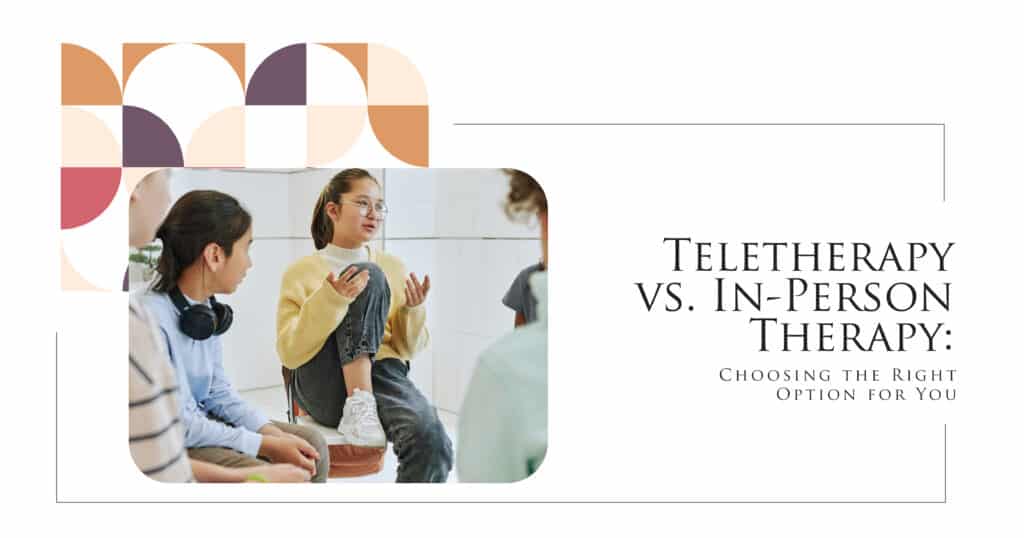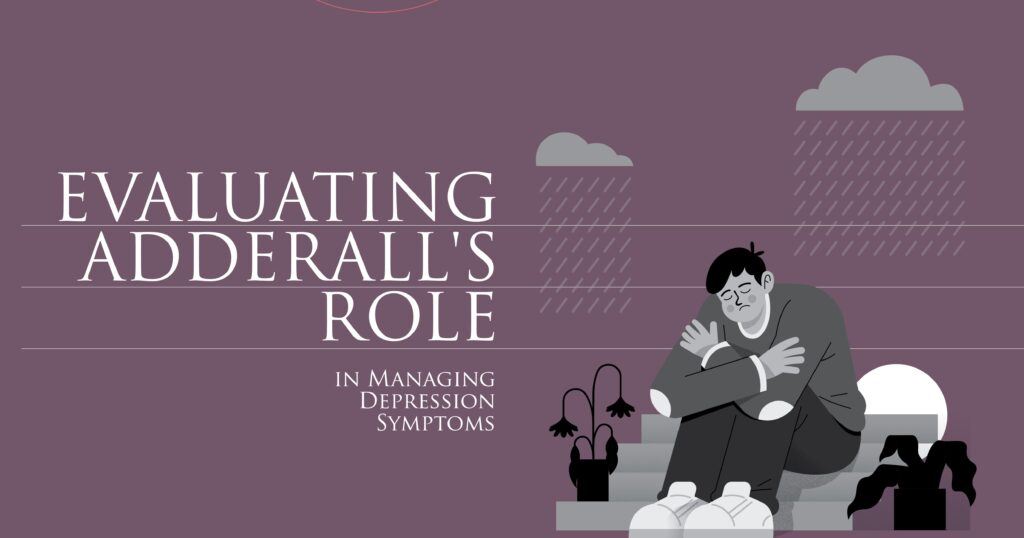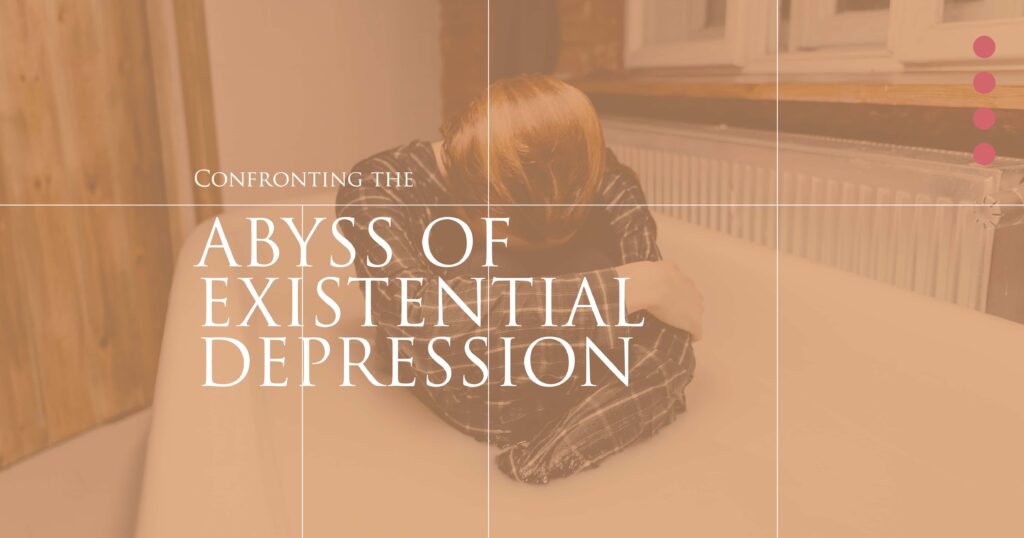In today’s fast-paced world, where convenience and accessibility are key, the debate between teletherapy and in-person therapy has gained significant traction. With the rise of digital platforms and the increasing demand for mental health treatment, individuals now have more options than ever when it comes to seeking therapy. But how do you know which option is the right fit for you? This comprehensive guide will explain the differences between teletherapy and in-person treatment, helping you decide about mental health care.
Understanding Teletherapy and In-Person Therapy
Teletherapy:
- Definition: Teletherapy, remote therapy, or online therapy involves receiving counseling or psychotherapy services through digital communication platforms.
- Accessibility: Access therapy from the comfort of your home, eliminating the need for travel or commuting, especially beneficial for those managing mental health conditions.
- Flexibility: Schedule online therapy sessions at times of your choice, accommodating busy schedules and time zone differences.
- Privacy: Maintain confidentiality and privacy in familiar surroundings, potentially reducing feelings of stigma associated with attending in-person sessions.
- Technology: Connect with your online therapist using video calls, phone calls, or messaging platforms, leveraging advancements in technology for effective communication. Teletherapy via videoconferencing has proven to be just as effective for many mental health concerns as in-person therapy.
San Jose Mental Health
In-Person Therapy:
- Traditional Approach: Receive therapy in a face-to-face setting, typically in a therapist’s office or clinic. Traditional therapy remains the preferred option for many clients seeking a deeper therapeutic alliance with their therapist.
- Personal Connection: In-person interactions can strengthen your connection and rapport with your licensed therapist, enhancing the therapeutic process.
- Non-Verbal Cues: Observing non-verbal cues, such as body language and facial expressions, can help one better understand and communicate.
- Structured Environment: Engage in therapy within a structured environment, free from distractions commonly associated with home environments.
- Hands-On Techniques: Participate in hands-on therapeutic techniques such as exposure therapy, art therapy, or experiential exercises, which may not be feasible in a virtual therapy setting.
San Jose Mental Health
Factors to Consider When Choosing Between Teletherapy and In-Person Therapy
- Comfort Level and Preferences:
- Teletherapy: If you’re comfortable using technology and prefer the convenience of accessing therapy from home, teletherapy may be the ideal choice for you.
- In-Person Therapy: If you value face-to-face interactions and thrive in structured environments, in-person therapy sessions might better suit your needs.
- Accessibility and Convenience:
- Teletherapy: Ideal for individuals with mobility issues, busy schedules, or limited access to transportation, as it limits the need for travel. This accessibility can be essential for those dealing with chronic mental health disorders or physical health conditions.
- In-Person Therapy: While requiring a physical presence, in-person services may be more accessible for those who prefer direct human contact or live in areas with limited internet connectivity.
- Therapeutic Relationship:
- Teletherapy: Despite the physical distance, teletherapy can foster solid therapeutic relationships through effective communication and rapport-building techniques. Behavioral therapy delivered via telehealth treatment can be just as impactful for conditions like Depressive Disorder.
- In-Person Therapy: Face-to-face interactions often facilitate a deeper connection and trust between therapist and client, which can be vital for therapeutic progress, especially in cases of severe mental health difficulties.
- Privacy and Confidentiality:
- Teletherapy: Although online platforms ensure security and confidentiality, some people feel more at ease talking about sensitive topics in the comfort of their own space. However, it’s essential to ensure that your mental health professionals use HIPAA-compliant software to maintain privacy.
- In-Person Therapy: Confidentiality is maintained within the therapist’s office, providing a controlled environment for open and honest discussions.
- Therapist Expertise and Specializations:
- Teletherapy: Offers access to a broader pool of therapists and specialists, regardless of geographical location, allowing individuals to find the right fit for their specific needs. This is especially important for individuals seeking specialized treatments like family therapy or behavioral intervention.
- In-Person Therapy: Local therapy options may be limited based on location, but individuals can benefit from the convenience of face-to-face interactions with nearby therapists.
Frequently Asked Questions About Teletherapy and In-Person Therapy
- Is teletherapy as effective as in-person therapy? Many studies have proven that teletherapy can work as well as face-to-face therapy for treating different mental health issues like depression, anxiety, and PTSD. However, how well it works can depend on the person’s preference and situation. According to a systematic review, there is strong evidence of equivalence between telehealth interventions and in-person therapy for many mental disorders.
- How do I know if teletherapy is right for me? Consider your comfort level with technology, access to a reliable internet connection, and preferences for communication style and therapeutic environment. If you value convenience and flexibility, teletherapy may be a suitable option. If you’re hesitant about technology, speaking with a mental health care provider can help clarify if phone sessions or video therapies are right for you.
- Will my insurance cover teletherapy sessions? Many health insurance companies now cover teletherapy services, especially due to the COVID-19 pandemic. It’s important to contact your insurance provider to find out what’s covered and whether you might have to pay any additional costs out of pocket. The American Psychological Association and American Telemedicine Association have supported efforts to increase insurance coverage for online therapy services.
San Jose Mental Health
Conclusion
When choosing between teletherapy and in-person therapy, there is no one-size-fits-all answer. Each option has its benefits and limitations, and the right choice depends on each person’s preferences, needs, and circumstances. Whether you opt for the convenience of teletherapy or the personal connection of in-person therapy, prioritizing your mental health and well-being is paramount. By considering factors such as comfort level, accessibility, and the therapeutic alliance, you can make an informed decision that supports your journey toward healing and self-discovery. Finding a mental health treatment modality that resonates with you and empowers you to thrive is essential.








